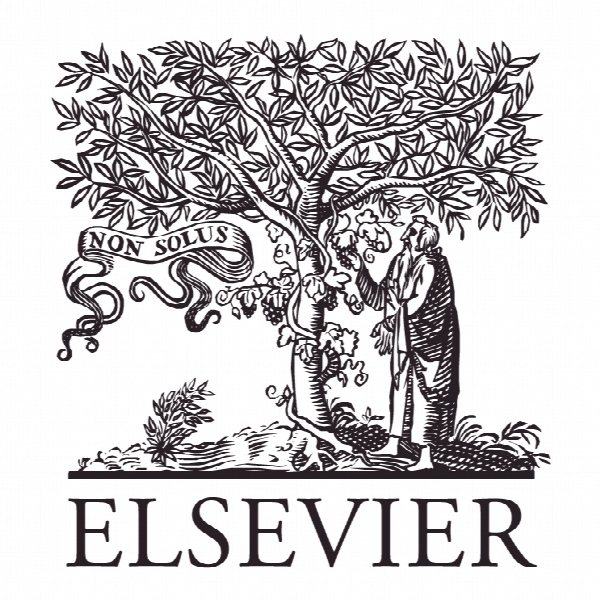هوش هیجانی، اضطراب و غذا خوردن احساسی: آیا بینش عمیق تری نسبت به یک ارتباط اخیر گزارش شده است؟ Emotional intelligence, anxiety, and emotional eating: A deeper insight into a recently reported association?
- نوع فایل : کتاب
- زبان : انگلیسی
- ناشر : Elsevier
- چاپ و سال / کشور: 2018
توضیحات
رشته های مرتبط روانشناسی
گرایش های مرتبط روانشناسی صنعتی و سازمانی
مجله رفتارهای غذا خوردن – Eating Behaviors
دانشگاه Associate Professor – The graduate school – Gordon College of Education – Haifa – Israel
منتشر شده در نشریه الزویر
کلمات کلیدی انگلیسی emotional eating, eating disorders, anxiety, emotional intelligence
گرایش های مرتبط روانشناسی صنعتی و سازمانی
مجله رفتارهای غذا خوردن – Eating Behaviors
دانشگاه Associate Professor – The graduate school – Gordon College of Education – Haifa – Israel
منتشر شده در نشریه الزویر
کلمات کلیدی انگلیسی emotional eating, eating disorders, anxiety, emotional intelligence
Description
1. INTRODUCTION Emotional eating (EE) is a term used to describe food consumption initiated as a response to (usually negative) emotional experiences (Arnow, Kenardy, & Agras, 1995; Michopoulos, Powers, Moore, Villarreal, Ressler, & Bradley, 2015). This behavior pattern is considered a symptom of dysfunctional coping, a risk factor for various health conditions, including eating disorders (Eldredge & Agras, 1996; Farrow, Haycraft, & Blissett, 2015). EE is therefore a serious health concern. The literature addressing the etiology of EE associates it with difficulties in emotion regulation and in processing emotional information as well as with restrictive expression of emotions and even alexithymia (Arnow et al., 1995; Bydlowski et al., 2005). In other words, EE is often seen as a dysfunctional behavior pattern stemming from inadequate regulation of (mainly) negative emotions. As a result, a body of research has explored risk and protective factors associated with emotional experiences and the way individuals process them (Macht, 2008). Since at least a part of the etiology of EE may be attributed to mismanaged emotions, researchers and practitioners alike seek potential concepts that may account for processes underlying the emergence of EE. A relatively new concept that describes psychological resources allowing individuals to identify, process, and manage emotions effectively is emotional intelligence (EI; see Mayer & Salovey, 1993). The literature presented two conceptualizations of EI: (a) as a mental ability, equivalent to scholastic intelligence, allowing adequate emotional information processing and its integration in thought and problem solving; and (b) as a cluster of personality attributes associated with emotional integration, regulation, and adaptability (Neubauer & Freudenthaler, 2005). According to the latter view, EI represents a group of personality traits that can be placed on a continuum from rigidity to flexibility, describing the extent to which individuals respond to and cope with emotional and interpersonal challenges. Current conceptualizations of trait EI refer to individual predispositions related to well-being, self-control and self-management, emotionality (i.e., identifying, understanding, and effectively expressing emotions), and sociability (Petrides, Mikolajczak, Mavroveli, Sanchez-Ruiz, Furnham, & Pérez-González, 2016). Trait EI is often investigated in health research and shows stronger associations with various health outcome measures when compared with other models and measures of EI in this field (Schutte, Malouff, Thorsteinsson, Bhullar, & Rooke, 2007). Therefore the personality EI approach is our model of choice in the current study.


